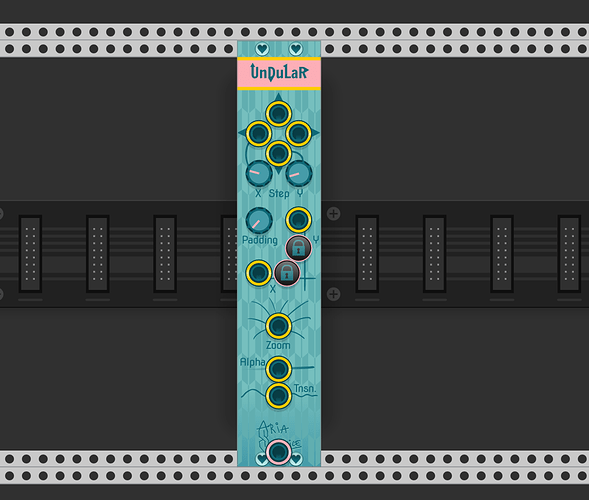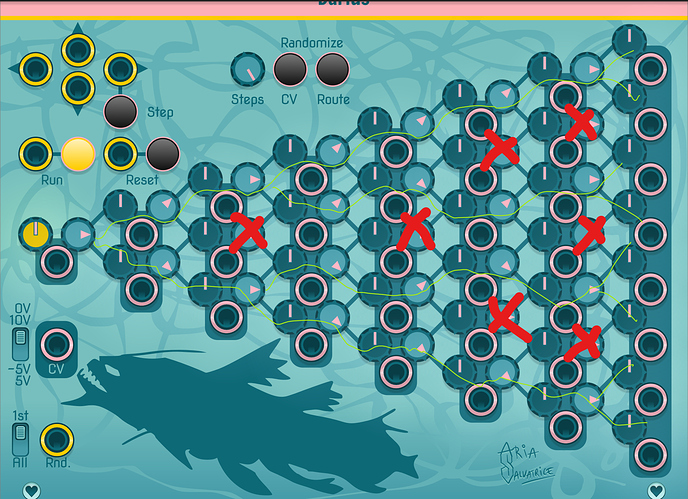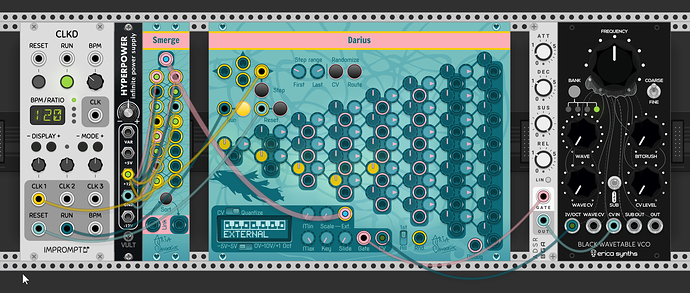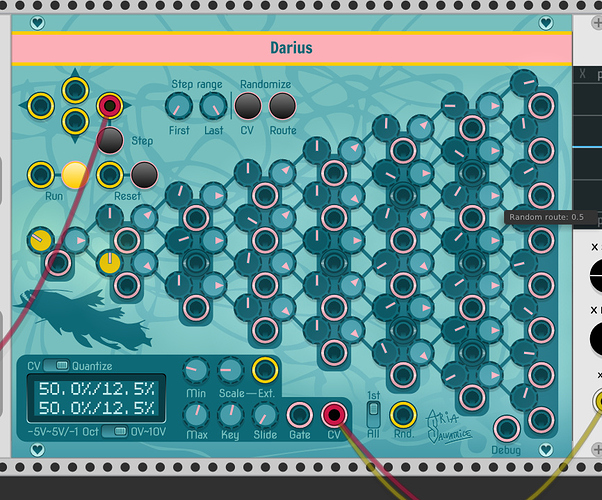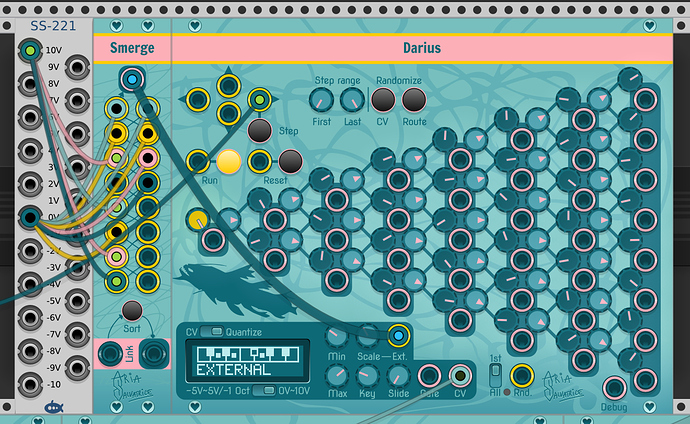It is mathematically correct.
{
"id": 17,
"plugin": "AriaSalvatrice",
"version": "1.4.0",
"model": "Darius",
"params": [
{
"id": 0,
"value": 5.0
},
{
"id": 1,
"value": 5.0
},
{
"id": 2,
"value": 5.0
},
{
"id": 3,
"value": 5.0
},
{
"id": 4,
"value": 5.0
},
{
"id": 5,
"value": 5.0
},
{
"id": 6,
"value": 5.0
},
{
"id": 7,
"value": 5.0
},
{
"id": 8,
"value": 5.0
},
{
"id": 9,
"value": 5.0
},
{
"id": 10,
"value": 5.0
},
{
"id": 11,
"value": 5.0
},
{
"id": 12,
"value": 5.0
},
{
"id": 13,
"value": 5.0
},
{
"id": 14,
"value": 5.0
},
{
"id": 15,
"value": 5.0
},
{
"id": 16,
"value": 5.0
},
{
"id": 17,
"value": 5.0
},
{
"id": 18,
"value": 5.0
},
{
"id": 19,
"value": 5.0
},
{
"id": 20,
"value": 5.0
},
{
"id": 21,
"value": 5.0
},
{
"id": 22,
"value": 5.0
},
{
"id": 23,
"value": 5.0
},
{
"id": 24,
"value": 5.0
},
{
"id": 25,
"value": 5.0
},
{
"id": 26,
"value": 5.0
},
{
"id": 27,
"value": 5.0
},
{
"id": 28,
"value": 5.0
},
{
"id": 29,
"value": 5.0
},
{
"id": 30,
"value": 5.0
},
{
"id": 31,
"value": 5.0
},
{
"id": 32,
"value": 5.0
},
{
"id": 33,
"value": 5.0
},
{
"id": 34,
"value": 5.0
},
{
"id": 35,
"value": 5.0
},
{
"id": 36,
"value": 0.5
},
{
"id": 37,
"value": 0.0
},
{
"id": 38,
"value": 1.0
},
{
"id": 39,
"value": 0.5
},
{
"id": 40,
"value": 0.5
},
{
"id": 41,
"value": 0.5
},
{
"id": 42,
"value": 0.0
},
{
"id": 43,
"value": 0.0
},
{
"id": 44,
"value": 1.0
},
{
"id": 45,
"value": 1.0
},
{
"id": 46,
"value": 0.0
},
{
"id": 47,
"value": 1.0
},
{
"id": 48,
"value": 0.5
},
{
"id": 49,
"value": 0.0
},
{
"id": 50,
"value": 1.0
},
{
"id": 51,
"value": 0.0
},
{
"id": 52,
"value": 0.5
},
{
"id": 53,
"value": 0.0
},
{
"id": 54,
"value": 1.0
},
{
"id": 55,
"value": 0.5
},
{
"id": 56,
"value": 0.995500028
},
{
"id": 57,
"value": 0.5
},
{
"id": 58,
"value": 0.5
},
{
"id": 59,
"value": 0.5
},
{
"id": 60,
"value": 0.5
},
{
"id": 61,
"value": 0.5
},
{
"id": 62,
"value": 0.5
},
{
"id": 63,
"value": 0.5
},
{
"id": 64,
"value": 0.0
},
{
"id": 65,
"value": 0.0
},
{
"id": 66,
"value": 0.0
},
{
"id": 67,
"value": 0.0
},
{
"id": 68,
"value": 0.0
},
{
"id": 69,
"value": 0.0
},
{
"id": 70,
"value": 0.0
},
{
"id": 71,
"value": 0.0
},
{
"id": 72,
"value": 0.0
},
{
"id": 73,
"value": 1.0
},
{
"id": 74,
"value": 0.0
},
{
"id": 75,
"value": 8.0
},
{
"id": 76,
"value": 0.0
},
{
"id": 77,
"value": 0.0
},
{
"id": 78,
"value": 0.0
},
{
"id": 79,
"value": 0.0
}
],
"data": {
"step": 0,
"node": 0,
"lastNode": 0,
"lastGate": 0,
"pathTraveled": [
0,
-1,
-1,
-1,
-1,
-1,
-1,
-1
]
}
}

